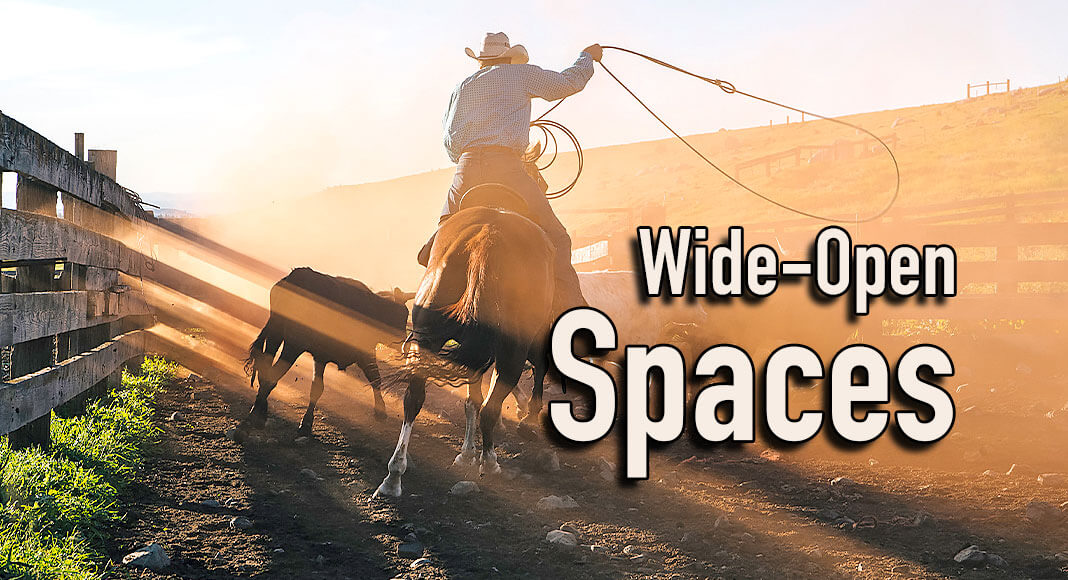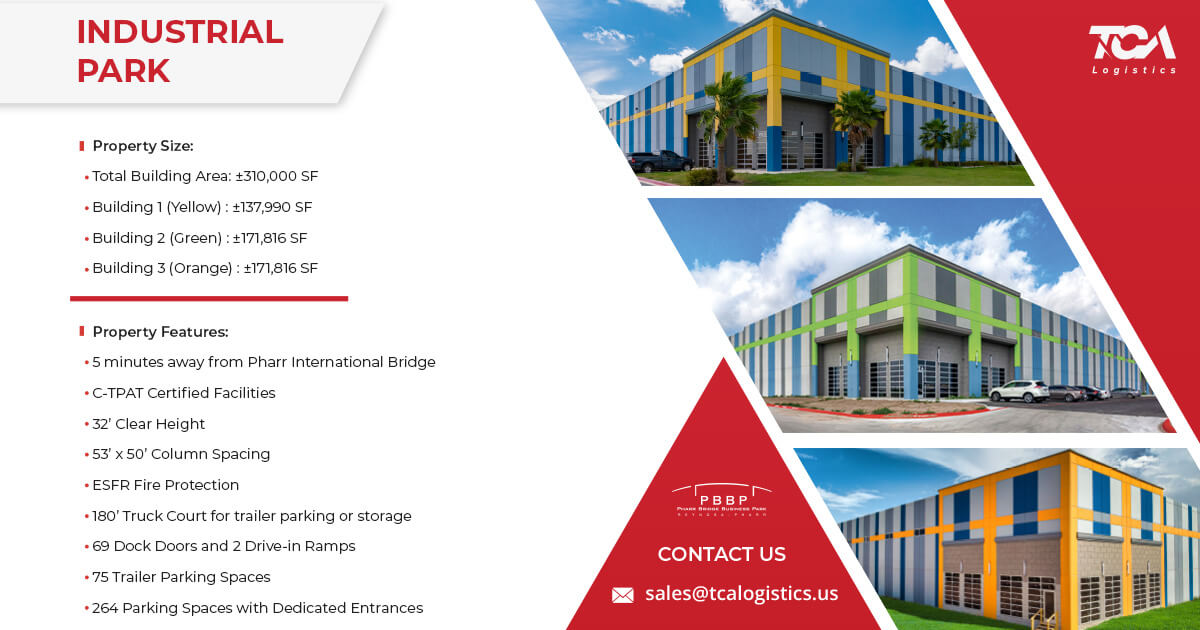
Texas Border Business
The very mention of “Texas” conjures vivid images of wide-open spaces, gushers, cattle drives, cotton fields, and other stuff of legends. Despite this enduring legacy, a growing majority of population and economic activity is concentrated in metropolitan areas. Nonetheless, the rural parts of the state are generating a notable component of overall growth and, in the process, providing much of the fuel, food, and fiber that sustains us. Let’s focus on my roots and this key segment of Texas.
A Metropolitan Statistical Area (MSA) is a county or group of counties with at least one urban center with a population of 50,000 or more. Adjacent counties with economic ties to the central area are also included. In Texas, 80 of 254 counties are in MSAs. They represent less than 20% of the land area, but about 88% of output, 92% of employment, and 90% of population.
Rural counties are expanding, but not at the torrid pace of the state as a whole. Over the past 20 years, rural population increased by 9.4%, compared to 38.3% across all of Texas. Rural employment rose by 18.8%, much slower than the 44.4% overall.
We are projecting that the growth gap will persist but narrow substantially over the coming two decades. Our forecast calls for population gains of 18.1% in rural counties through 2043, notably slower than the Texas increase of 30.1%, but not as dramatically lower as recently observed. For employment, we anticipate an increase of 25.6% for rural jobs, compared to 33.4% for the state. (Of course, some counties may be reclassified as sprawl persists.)
Although agriculture immediately comes to mind, this sector accounts for relatively few jobs. Most people are working in health care, education, retail, food services, public administration, manufacturing, construction, and other segments. The crops and livestock they produce, however, are an important part of our export base and vital to economic wellbeing.
Of particular note is the concentration of jobs in oil and gas extraction, which isn’t surprising given that most of the Permian Basin, Eagle Ford, and other plays are in rural areas. In fact, labor productivity in rural areas is significantly higher than elsewhere. Between oil and gas (where enormous value is created with a few people) and agriculture (where one farmer and a sophisticated tractor can work wonders), that pattern will persist. Rural regions also boast major concentrations of renewable energy and outdoor recreation opportunities.
Population and employment expansion has been and will continue to be concentrated in metropolitan areas. While rural counties face many notable challenges going forward, they will continue to expand and support key elements of Texas production and exports – not to mention defining much of our heritage and identity. Stay safe!
______________________
Dr. M. Ray Perryman is President and Chief Executive Officer of The Perryman Group (www.perrymangroup.com), which has served the needs of over 3,000 clients over the past four decades.
















